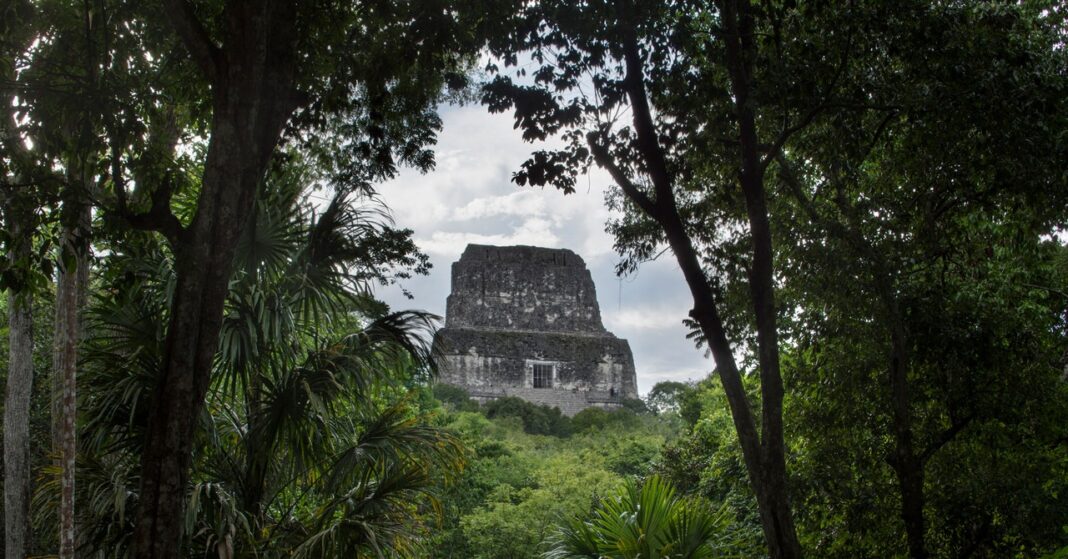A new Mayan city, lost in the dense jungle of southern Mexico for centuries, has been discovered from the computer of a PhD student hundreds of miles away. This is the story of how he did it.
The settlement, named Valeriana after a nearby freshwater lagoon, has all the characteristics of a classic Maya political capital: enclosed plazas, pyramids, a ball court, a reservoir, and an architectural layout that suggests a foundation prior to 150 AD, according to a newly published study in the journal Antiquity.
And how did Tulane University graduate student Luke Auld-Thomas find it? The answer lies in lasers. Until recently, archaeology was limited to what a researcher could observe from the ground and with their eyes. However, the technology of detecting and measuring distances with light, known as lidar, has revolutionized the field, allowing us to scan entire regions in search of…



